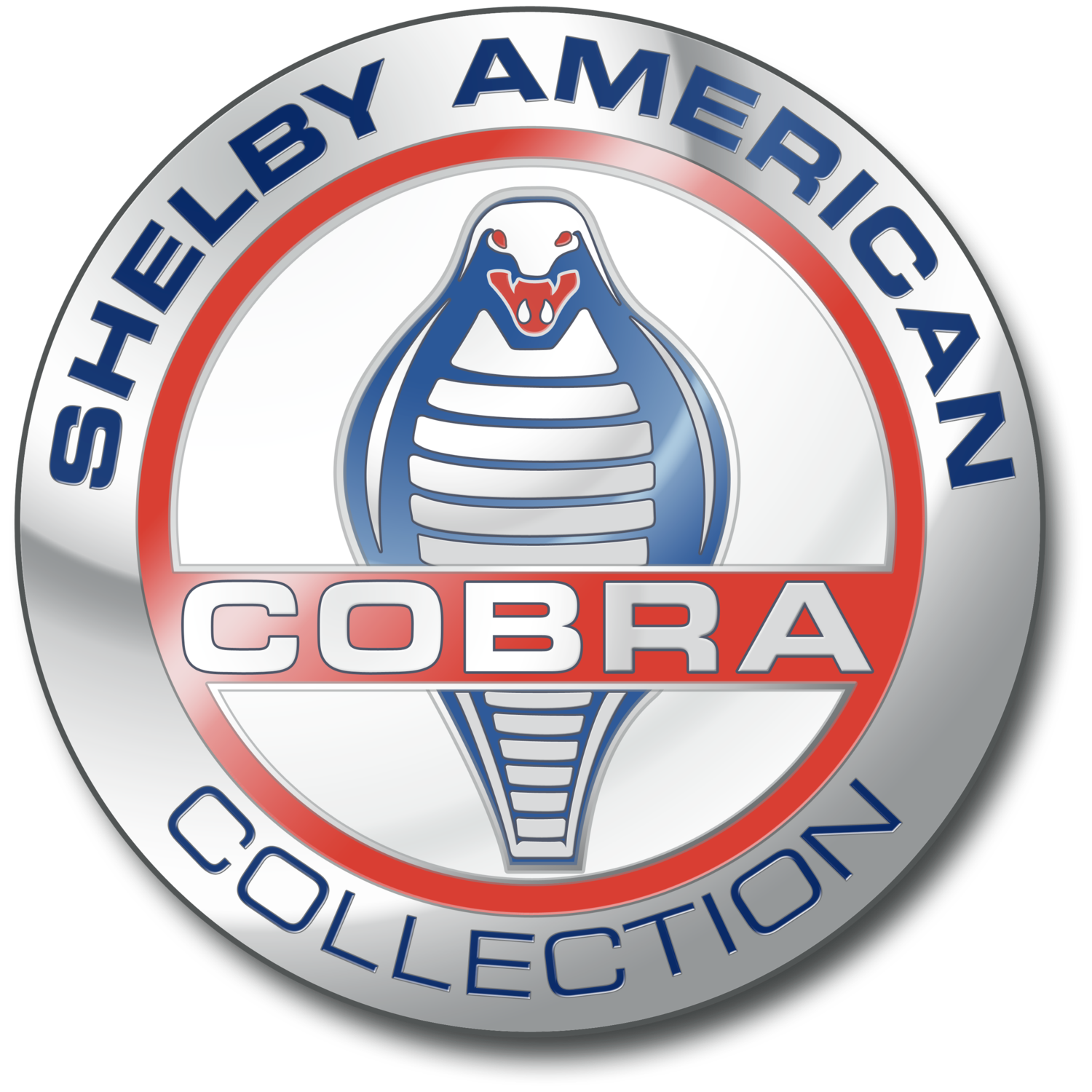1967 FORD GT40 J-7
THE ANDRETTI CAR - MK IV RACING COUPE
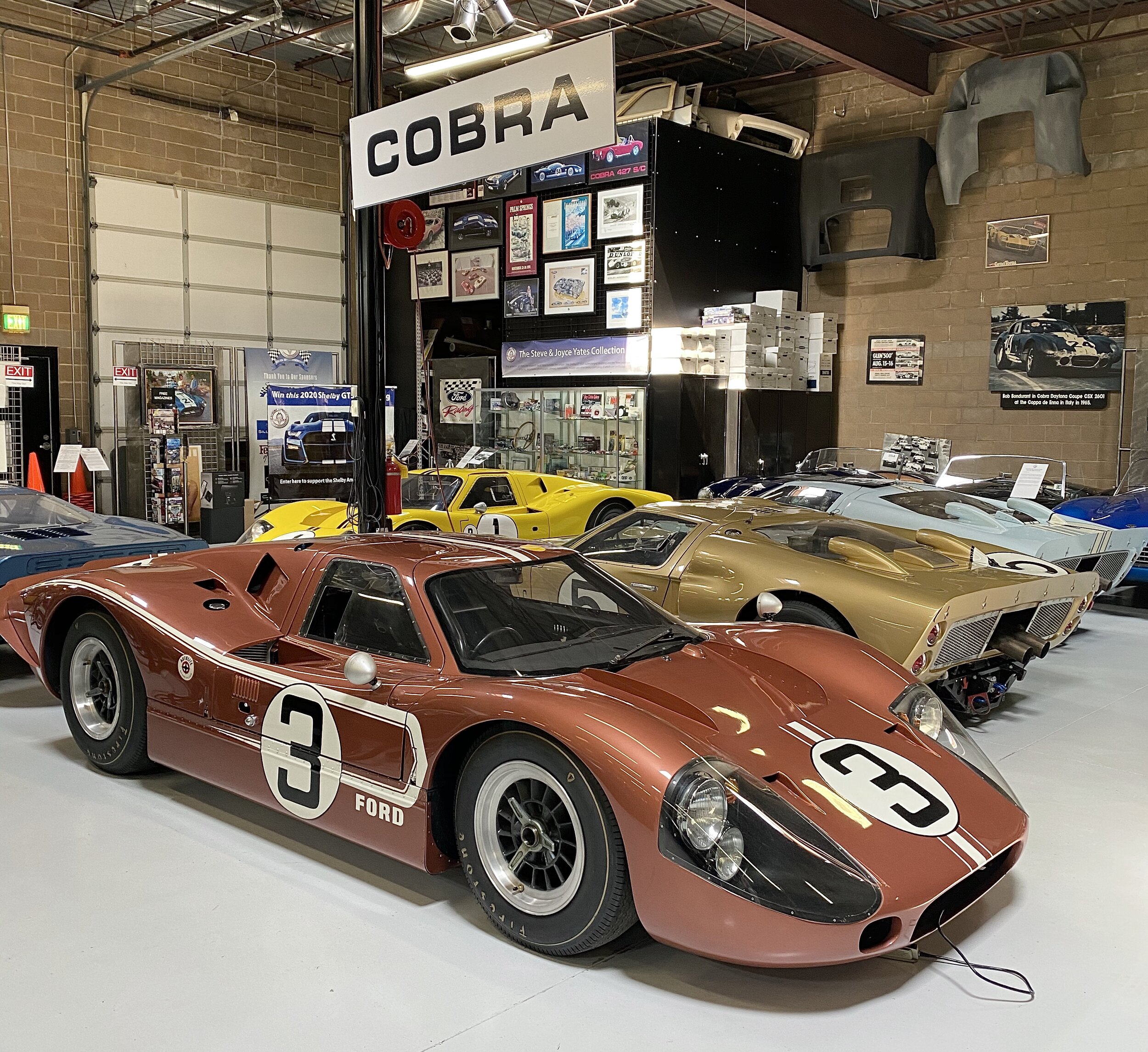
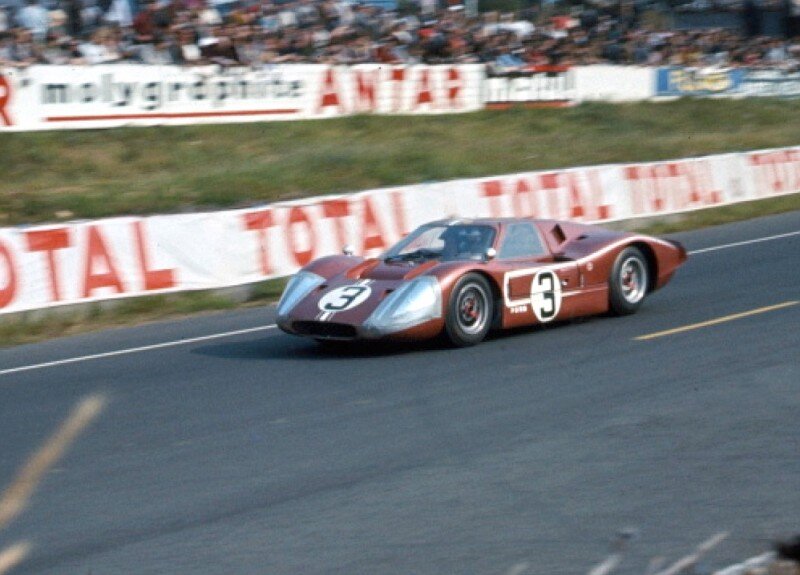

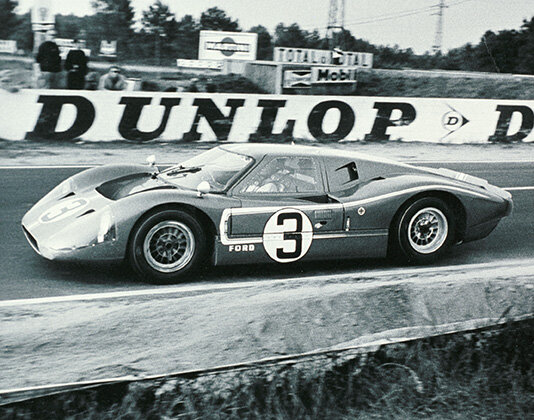
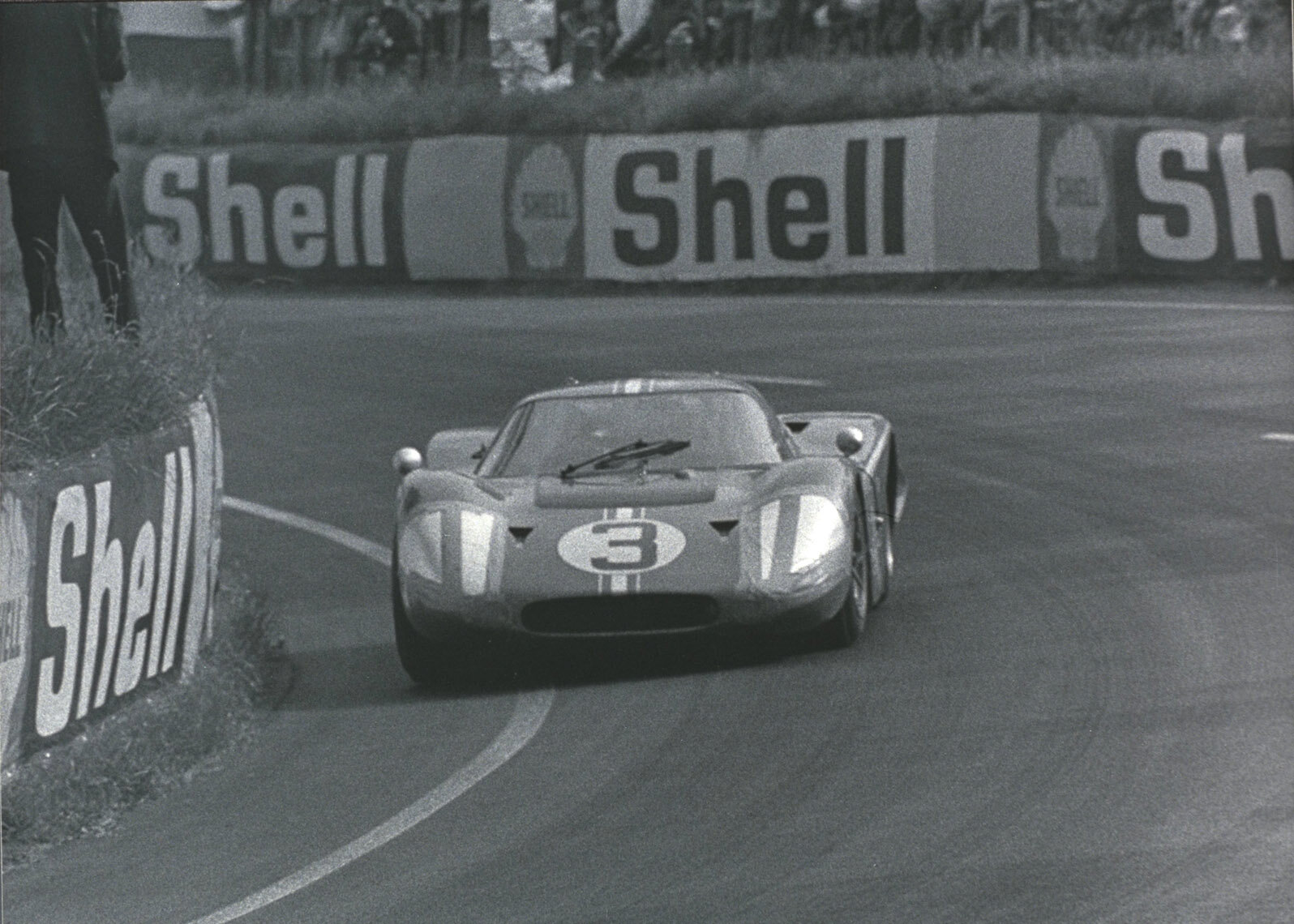
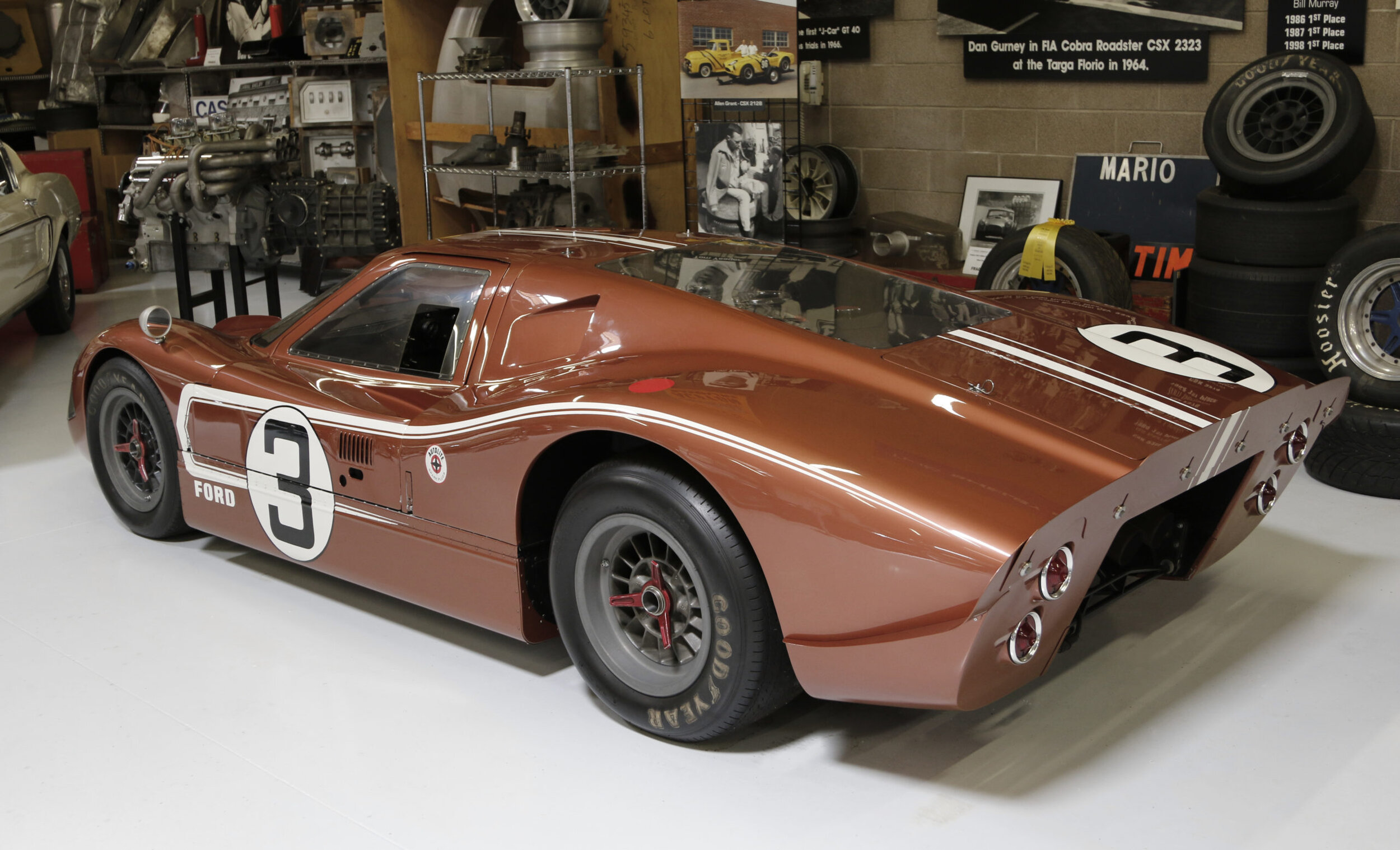

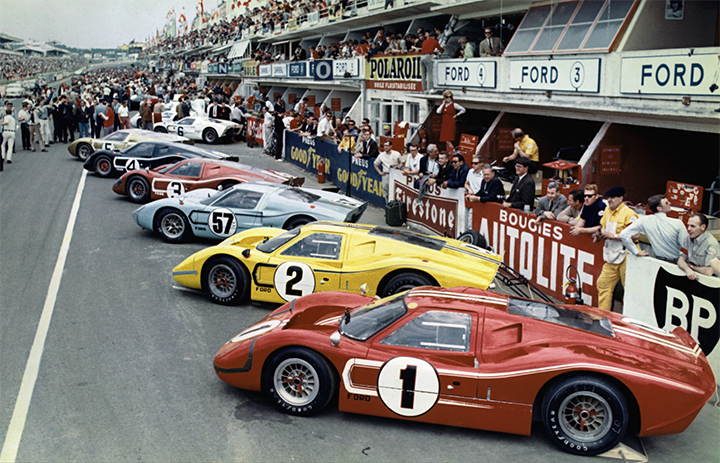
Details & History
Chassis Number: J-7
Horsepower: 550 hp
Displacement: 8-cylinder, 427 ci (7 L)
Wheelbase: 95″
After Le Mans in 1966, Ford realized that the Mk II was reaching the end of its competitive life. It was heavy, and its aerodynamics were compromised. The decision was made to return to Le Mans with an all-new car incorporating the latest technology, with almost no regard to cost. To win Le Mans with an all-American car, Ford was willing to spend whatever was necessary for the best designers, equipment, drivers and crew. Because this new racer was designed to comply with Appendix J of the FIA’s regulations, it was known as the J-Car. This would be the final, most advanced version of the GT40.
Entirely new from the ground up, the J-Car shared almost nothing with the GT40 beyond a 427 engine. Shedding almost 300 lbs., its chassis and body were constructed using aircraft techniques, with a honeycomb aluminum main structure reinforced by riveted aluminum L-sections, with a bonded and riveted on aluminum skin. The bonding process required that the entire chassis be cured in a high-temperature autoclave. Given its narrower driving compartment, the car’s frontal area was less than a Mk II, reducing drag; even the hinged flap over the fuel filler helped.
Fed by a 660/40-series Holley 4-barrel carburetor, the dependable and proven 500-hp 427 engine sent massive torque to the huge Kar Kraft T44 transmission. Thanks to the engine’s broad torque band, only four speeds were said to be necessary. The simple coil-over-shock absorber suspension used long tubular trailing links at the rear and tubular A-arms up front, both anti-sway bars being easily accessible for quick adjustment. Vented rotor Kelsey-Hayes disk brakes were fitted, with turbine-style wheels to pull air over the brakes. To ensure good vision in the rain at 200 mph, the single windshield wiper came from a Boeing 707.
The first prototype, J-1 was finished in January 1966 and shown to the public at the Le Mans trials in April. After testing, the car required extensive modifications, mostly aerodynamic; thus it could not be made ready for the race in June. Two other prototypes, J-2 and J-3, were built that year and tested in the wind tunnel and on the track, resulting in more changes (and sadly, the death of Ken Miles in J-2 that August at Riverside). A fourth prototype, finished in January 1967, was quickly converted to Mk IV specifications and became the first J-Car to race, and win, under Mario Andretti and Bruce McLaren at the Sebring 12 Hours. But in a way, that was just a test run, too. Chassis J-5 through J-8, completed in early 1967 with the latest modifications, were designed, built and prepared specifically to win just one race, that year’s Le Mans 24 Hours. The four were said to have cost $1 million each, in 1966 dollars!
Ford split its preparation and entry bets, using Shelby American to prepare J-5 and J-6 And – keeping its NASCAR/Firestone ties in mind – Holman-Moody to handle J-7 and J-8. Painted bronze with white stripes, J-7 was delivered from Kar Kraft to the Holman-Moody shops at the Charlotte airport in April. Among the body modifications were vertical ventilation louvers in the doors, side window vents and caps over the brake ducts in the nose.
Bearing the race number 3, the car arrived in France on June 1st to make up the quartet of J-Cars, with three GT40 Mk IIBs as backup entries. Its drivers, Mario Andretti and Lucien Bianchi, had partnered in a GT40 at Le Mans the previous year. J-5 was assigned to an all-American crew, Dan Gurney and A.J. Foyt, while J-6 went to Bruce McLaren and Mark Donohue. The other H-M car, J-8, went to Denis Hulme and Lloyd Ruby.
After an unexpected windshield cracking problem during practice was expeditiously and expensively solved, Andretti qualified J-7 third at 3:25.3, behind only Bruce McLaren (3:24.4) and the Spence/Hill Chaparral 2F (3:24.7). After the 4 p.m. race start, a sticking shift linkage delayed Bianchi. Catching up, on lap 60 Andretti matched Hulme’s 3:26.6 race lap record. By evening the Gurney/Foyt car (J-5) held the lead, with J-7 second. Into the night, things continued to look good for Ford.
At about 3:30am, still running second, Andretti pitted J-7. A.J. Foyt, who had brought in J-5 at the same time, was complaining loudly about his American rival’s aggressive driving. Distracted by this “discussion,” a mechanic changing the front brake pads on J-7 installed a pad backward (which could be done). Andretti accelerated out of the pits and under the Dunlop bridge, but when he braked for the first time, from high speed going into the Esses, a front brake locked, and J-7 spun, hitting the earth banks and ending up in disarray in the middle of the track. Andretti exited and got himself off the racing surface, but the damaged car stayed.
The next two cars managed to miss the J-Car, then Roger McCluskey in GT40 P/1031 came upon the scene. Although having nothing to do with J-7 crashing, the 1963 and 1966 USAC oval-track champion, a substitute for recently retired Ritchie Ginther, had little if any road course or night-driving experience. He had first seen Le Mans only days before. Nervous about driving there, he had already put his car into a sandbank twice. Having just pitted, both Fords were brimming with gasoline. Thinking Andretti might still be in the wrecked car, McCluskey avoided it but hit the earth bank, damaging the left side and tail of his Mk IIB. Next, Jo Schlesser bore down in P/1015 in sixth position, the highest-placed Mk. II. The Frenchman spun, winding up against the left bank, facing backward. Both Mk IIs were damaged beyond continuing, and J-7, mangled at the front, was also out. McCluskey, uninjured, found Andretti lying in pain by the side of the road and carried him off, seeking a Ford doctor (the drivers had been told to avoid the French medics). Thanks to the roll cage and the strength of the chassis and seat belts, improved since J-2’s crash, Andretti suffered little more than bruised ribs.
The three forlorn Fords lay there for all to see until the end of the race, but Ford did achieve its goal. As usual, the Shelby American cars fared best: J-5 (Gurney/Foyt) won by four laps over a Ferrari 330 P4, with J-6 (McLaren/Donohue) fourth. Holman-Moody’s J-8 (Hulme/Ruby) got stuck in a sandbank, and our car, J-7, (Andretti/Bianchi) retired.
After just one race, neither it nor any other of these cars ever turned a wheel in anger again. When the dust settled, the damaged J-7 was shipped back to Kar Kraft, where it was put back together with fiberglass, aluminum, and plywood for use as a show car. Modified to resemble the winning J-5, which went to the Henry Ford Museum, it gained a Gurney roof bulge, red paint, and white stripes. After appearing at the 1968 New York auto show, Kar Kraft stored the car for two years, then it was bought by Harry Heinl of Miami, who intended to perform a restoration. That didn’t happen, and after going through two more owners, J-7 was bought by Steve Volk in 1995 and restored by Bill Murray. Since restored, J-7 has raced at Daytona, Goodwood, Laguna Seca, Road America and Watkins Glen.
Late in 1967, after the FIA limited engine size to 305ci, Ford packed up its GT racing program. Carroll Shelby closed Shelby American and went big-game hunting in Africa. Holman-Moody ended up with most of the remaining team GT40s and spare parts. As the Americans pulled out, though, John Wyer and JW Automotive carried the torch forward. Coming back with Gulf sponsorship for their updated GT40 Mk IIs, they pulled off two more Le Mans wins in 1968 and 1969. But that’s another story…
Text excerpted from “Shelby Cars in Detail, Cars of the Shelby American Collection” by Frank Barrett with photography by Boyd Jaynes.
Race History
1967 Race Season
Track: 24 Hours of Le Mans
Place: DNF
Driver: Mario Andretti and Lucien Bianchi
